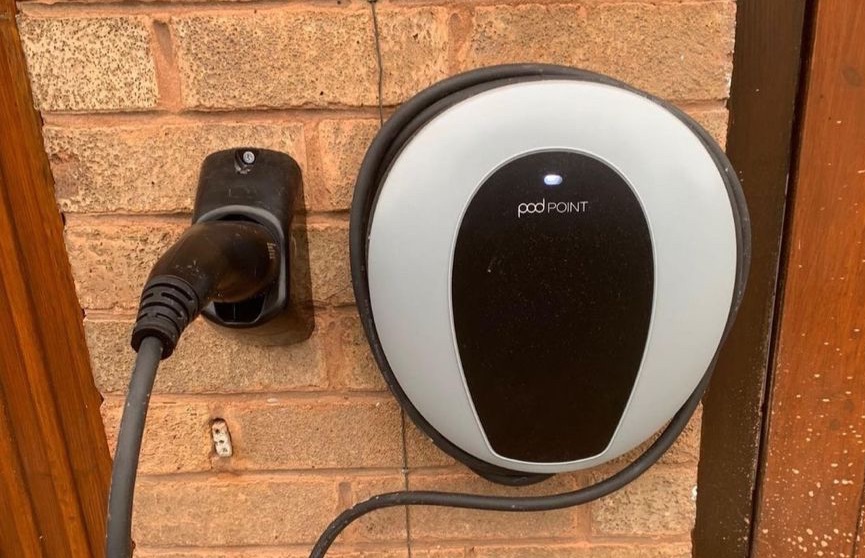The Synergy Between Solar Panels, Battery Storage, and EVs
By combining solar panels, battery storage, and EVs, users can:
Charging EVs with Solar Panels and Battery Storage Systems
To charge an EV with solar panels and battery storage systems, follow these steps:

Benefits of Integrating Solar Panels, Battery Storage, and EVs
Integrating these technologies offers several benefits:

Electric vehicles can be the perfect complement to solar panel and battery storage systems.
By harnessing the synergy between these technologies, users can reduce energy costs, enhance energy efficiency, and minimize their carbon footprint, creating a more sustainable and eco-friendly energy ecosystem.
Lithium-ion batteries:
The Powerhouse Behind Clean, Reliable Energy Storage
Lithium-ion batteries are made of several key components and materials that work together to store and release energy. Here's a breakdown of the primary materials used:
Each of these components plays a crucial role in the battery's ability to store and discharge energy, with the combination of materials determining performance factors such as energy density, longevity, and safety.








